Out in a far-flung corner of southwest Colorado sits Moffat Consolidated School District #2, home to the Moffat PreK-12 School Cowboys and Crestone Charter School (K-12). Both schools have a grand total of just over 200 students … combined. “It’s a small community, the town of Moffat has a little over 100 people in it,” says district school nurse Sarah Elchos, MSN, RN. “It’s not really a small town, it’s more frontier.”
With that designation comes challenges, especially in regard to the availability of emergency services. “One is Moffatt and Crestone do not have a nearby hospital. The closest one is 35 minutes away, and Moffat doesn’t have an ambulance service,” Sarah says. In the event of an emergency, the schools have to rely on neighboring towns for help, which can mean a 35-minute wait before lights and sirens reach their front door. “So there really is a need for our people to actually be able to save someone while we wait on the ambulance,” Sarah says. “And we didn’t have a CERP in place.” 
A CERP, or Cardiac Emergency Response Plan, can increase sudden cardiac arrest survival rates by 50 percent or more by enabling a trained lay-responder team — such as teachers — to take action until Emergency Medical Services arrive.
“Through my school email, I got an invitation to a free, online Project Adam webinar from the American Heart Association (AHA) and Children’s Hospital Colorado,” Sarah says. Project Adam is a nonprofit that helps schools establish a CERP through its Heart Safe Schools program.
“They actually have a tool that helped me fast track my plan,” Sarah says. “It had a checklist and explained everything needed for the school CPR/AED progam. It’s a step-by-step guideline. It was exactly what I needed.”
Indeed, Project Adam provides the foundation for schools to plan and develop their own program, including CERP templates, a reference manual and even one-on-one consultation. Everything is customizable, even for schools on the frontier. Also, because of Sarah’s seminar attendance, the district received free mannequins and other educational supplies to teach hands-only CPR and AED training to students.
“I got the CERP written and approved through the superintendent, and she let the school board know,” Sarah says. Through a nurse grant from the Colorado Department of Public Health and Environment, Sarah got the additional hours she needed to work the plan, going from just 20 hours per week to 40.
First, she ordered the American Heart Association’s Heartsaver® CPR/First Aid/AED Training, designed for anyone with limited or no medical training who wants to learn how to give CPR and use an AED in a safe, timely and effective manner. “I wanted us to really be prepared if something happens,” she says. “We had AEDs, and I’m an old ICU nurse, so I wanted to make sure people knew how to use them,” Sarah says. “Initially, I was shocked by the number of ‘Oh, we have an AED?’ questions.”
During the 2020-2021 school year, she used the AHA Heartsaver course to train 19 teachers, as well as a group near and dear to her heart — interested graduating seniors, just in time for them to go off into the world. She also taught hands-only compressions to fourth and fifth graders at the Moffat school.
Toward the end of the school year, it was time for a drill, which proved helpful. Sarah placed a dummy in the front office, and so it began. “The call for help was put out over the walkie-talkies. That’s one thing we immediately identified that we need to do better, make sure the whole school is aware, not just the walkie-talkie users.”
She now awaits the results of her submission to Project Adam for Moffat to be designated as a Heart Safe School. She’s hopeful that the Title 1 school has enough AEDs to qualify, meaning one available in three minutes from anywhere on the facility. Come June, Sarah will be able to apply for a grant to get even more AEDs. “I have everything ready to apply,” she says, in true Sarah style.
“It’s all been well received,” she says. “This was my first time teaching children, and I felt more comfortable starting with the younger classes, then I’ll move on to the older groups. I really want to teach hands-only to middle school up to tenth grade, and I’m hoping I can expand the AHA Heartsaver to eleventh and twelfth grades every other year.”
So what’s been her biggest secret to success? “It’s just perseverance and staying on top of it,” Sarah says. “There’s no need to put a lot of pressure on yourself. Just let it flow.”
